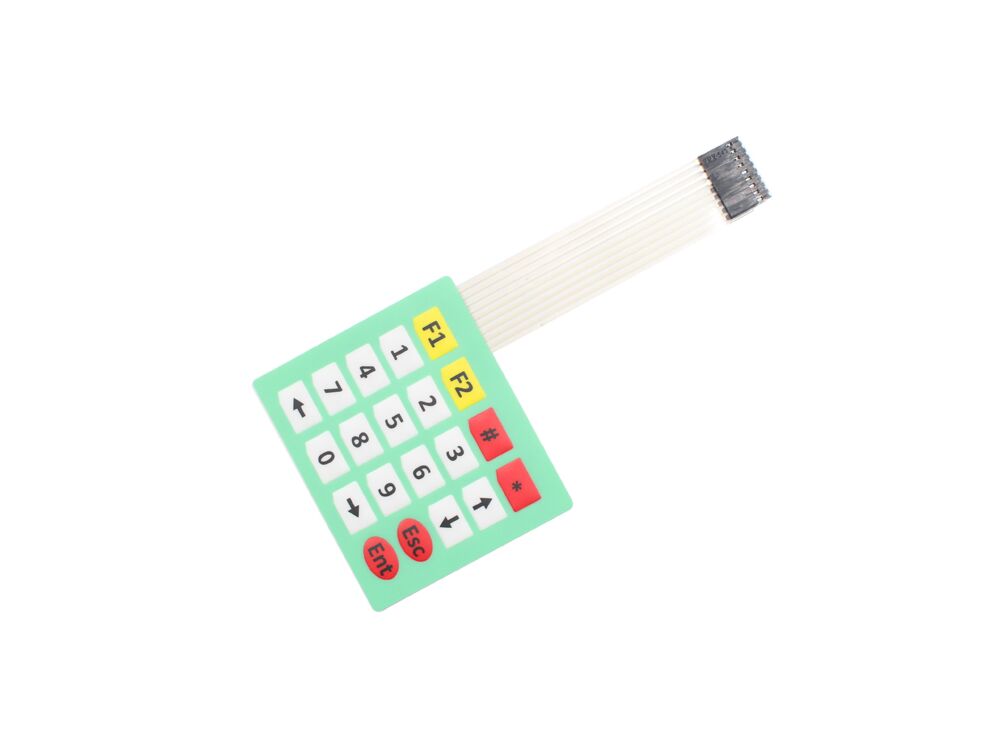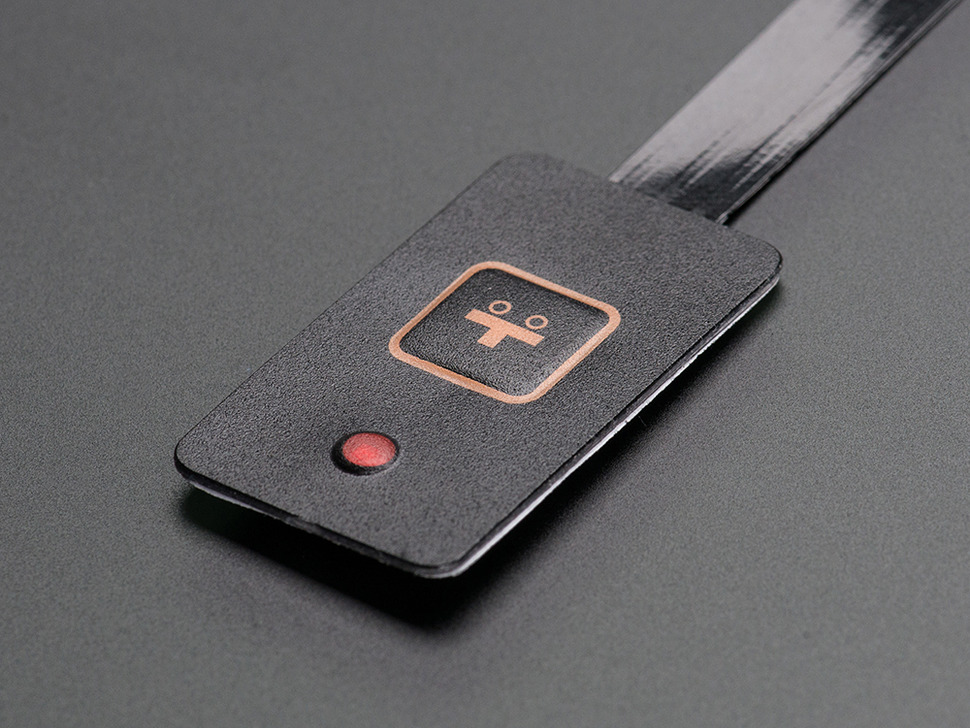Innovative Membrane Switch Solutions for Customized Control Panels
Innovative Membrane Switch Solutions for Customized Control Panels
Blog Article
Understanding Membrane Switches: The Key to Sturdy and Reputable Controls

What Are Membrane Switches?
Membrane buttons are an advanced option in the realm of interface innovation, integrating performance and layout perfectly. These devices act as an interface between individuals and electronic systems, incorporating several parts into a small layout. Normally built from versatile, slim layers of products, membrane layer switches are developed to react to touch, enabling individuals to interact with machinery and electronic gadgets properly.
The key elements of a membrane button include a printed circuit layer, graphic overlay, and a spacer layer that avoids unintended activation. The graphic overlay can be customized to show brand name identification or user preferences, improving appearances while making certain usability. Membrane layer buttons are frequently made use of in numerous applications, consisting of medical tools, consumer electronic devices, and industrial tools, owing to their durability and resistance to ecological variables such as moisture and dust.
One of the vital benefits of membrane buttons is their capacity to hold up against damage, making them excellent for high-traffic atmospheres. In addition, they are light-weight and need marginal area, enabling ingenious layouts in item development. Generally, membrane layer switches represent a functional and reliable selection for modern-day electronic interfaces, marrying modern technology with user-centric style principles.
Just How Membrane Layer Switches Work
The procedure of membrane layer changes joints on a straightforward yet reliable system that converts customer input into electronic signals. These switches contain several layers, commonly consisting of a visuals overlay, a spacer layer, and a circuit layer. When an individual presses the switch, the leading layer warps, allowing a conductive component in the circuit layer to reach a corresponding conductive pad on the bottom of the visuals overlay. This call shuts the circuit and sends an electronic signal to the device, suggesting that the button has actually been activated.
The layout of membrane switches can differ, however they often integrate domes or tactile elements to supply feedback to the user, improving the general experience - membrane switch. The products made use of in membrane layer switches, such as polyester or polycarbonate, add to their longevity and resistance to environmental factors, including wetness and dust. The printed circuits are normally encapsulated, which protects them from wear and tear over time.
Advantages of Membrane Layer Buttons

Furthermore, membrane layer switches are known for top article their durability. Built from durable products, they are resistant to dirt, dampness, and physical wear, which considerably extends their lifespan contrasted to traditional mechanical switches. This resilience makes them particularly ideal for high-traffic environments and applications calling for longevity.
Another significant benefit is the convenience of cleansing and upkeep. The smooth surface of membrane layer switches over reduces dirt buildup and is frequently unsusceptible spills, making them perfect for setups that call for constant sanitization.
Furthermore, membrane switches use a structured profile, bring about a thinner design that can be incorporated right into different devices without adding mass. This feature not just boosts the aesthetic charm however likewise contributes to a more ergonomic item style.
Applications of Membrane Buttons
User-friendly and versatile, membrane switches discover applications across a large range of sectors, including clinical devices, consumer electronic devices, and commercial devices. In the medical field, these switches are essential to tools such as diagnostic tools, patient surveillance systems, and infusion pumps, where reliability and convenience of cleansing are vital. Their ability to hold up against extreme settings and keep capability makes them perfect for such applications.

In customer electronic devices, membrane buttons are made use of in products like microwaves, cleaning makers, and remote controls - membrane switch. Their streamlined style permits instinctive interface, improving the general individual experience while giving resilience and resistance to deterioration
Industrial equipment likewise gains from membrane buttons, especially in control panels for machinery and automation systems. These buttons provide protection against dust and moisture, ensuring regular performance in difficult settings. Moreover, their adjustable features enable producers to customize them to certain operational demands, enhancing efficiency and functionality.
Selecting the Right Membrane Layer Switch
When selecting a membrane button, it is vital to take into consideration different variables that affect efficiency and suitability for specific applications. The primary considerations consist of ecological problems, responsive feedback, sturdiness, and layout requirements.
First, analyze the operating environment; buttons revealed to dampness, look here chemicals, or extreme temperature levels call for particular products to make sure long life and performance. Next, review the need for responsive responses. Relying on individual communication, some applications may take advantage of a responsive feedback to confirm activation, while others go now may prefer a non-tactile layout for visual factors.
Durability is one more critical factor; membrane layer buttons need to be made to withstand regular use, impacts, and abrasion. Guarantee the picked switch can endure the anticipated lifecycle, specifically in high-usage situations.

Verdict
Finally, membrane layer changes offer as essential elements in the style of trustworthy and long lasting control systems throughout numerous sectors. Their portable style, combined with robust construction and personalized features, boosts customer communication while ensuring durability sought after atmospheres. The versatility of membrane layer switches permits tailored solutions that meet details functional needs, strengthening their importance in modern technology. As industries continue to develop, the importance of incorporating efficient membrane switch options can not be overstated.
Membrane switches stand for an essential element of modern-day user interface design, mixing performance with durability in various applications.Membrane buttons are an advanced option in the realm of individual interface innovation, combining functionality and design perfectly. Normally built from versatile, thin layers of materials, membrane buttons are created to respond to touch, enabling individuals to communicate with machinery and electronic tools effectively.
The layout of membrane layer switches can vary, but they often incorporate domes or tactile components to give comments to the individual, improving the overall experience.In final thought, membrane layer switches serve as essential parts in the design of resilient and trusted control systems throughout various industries.
Report this page